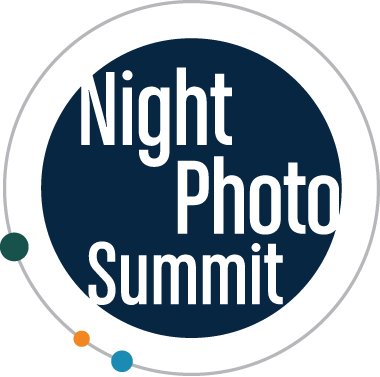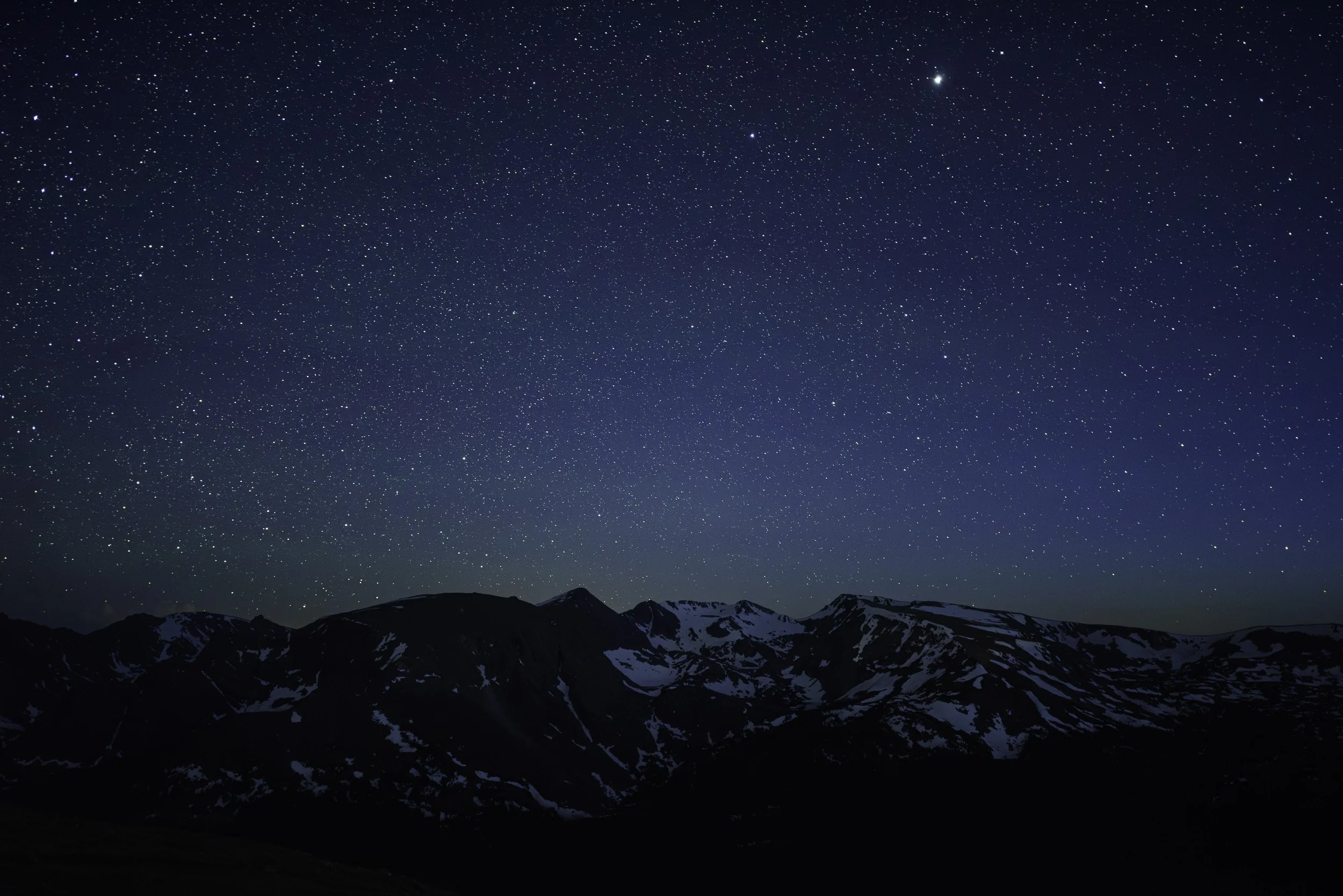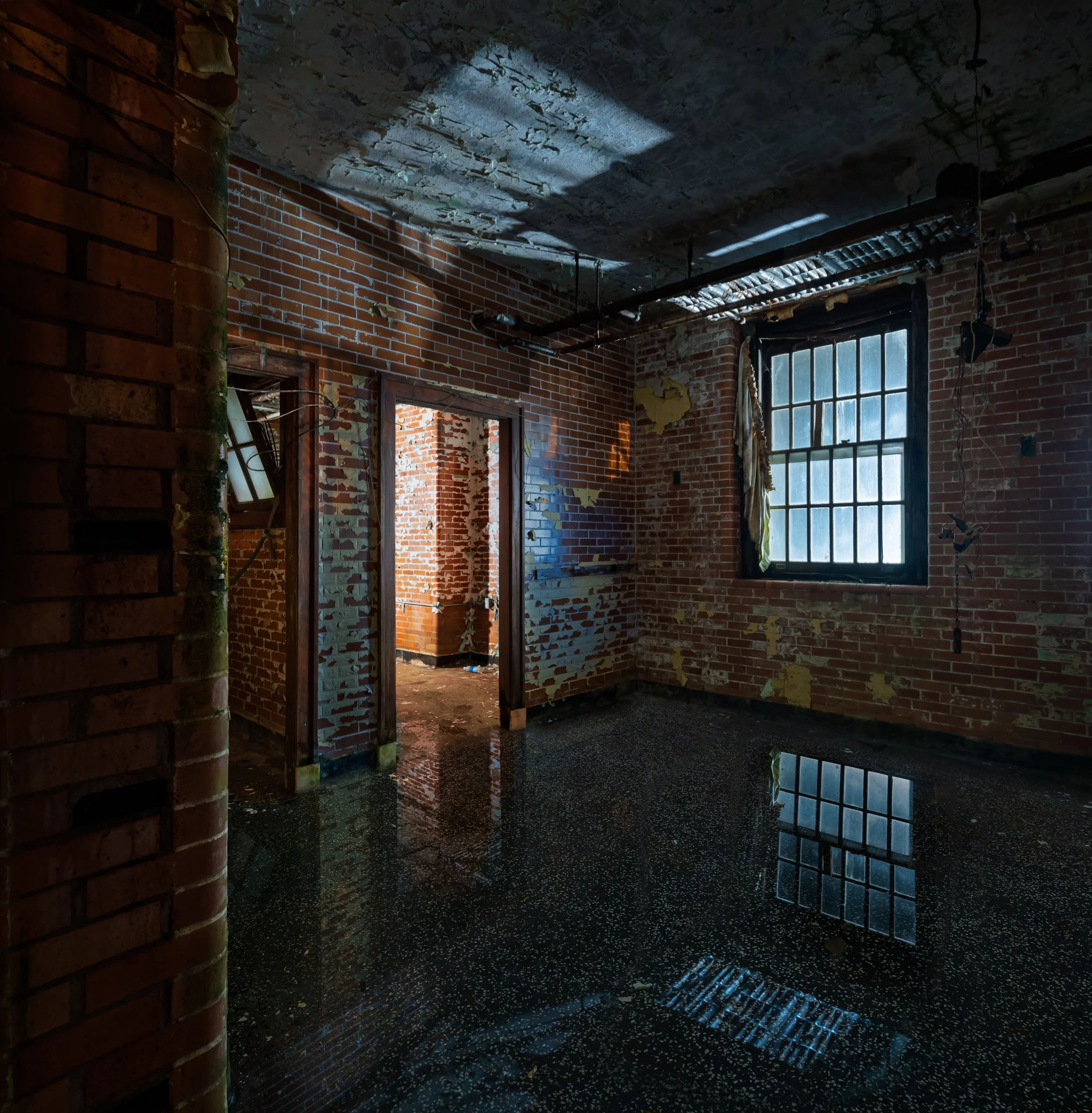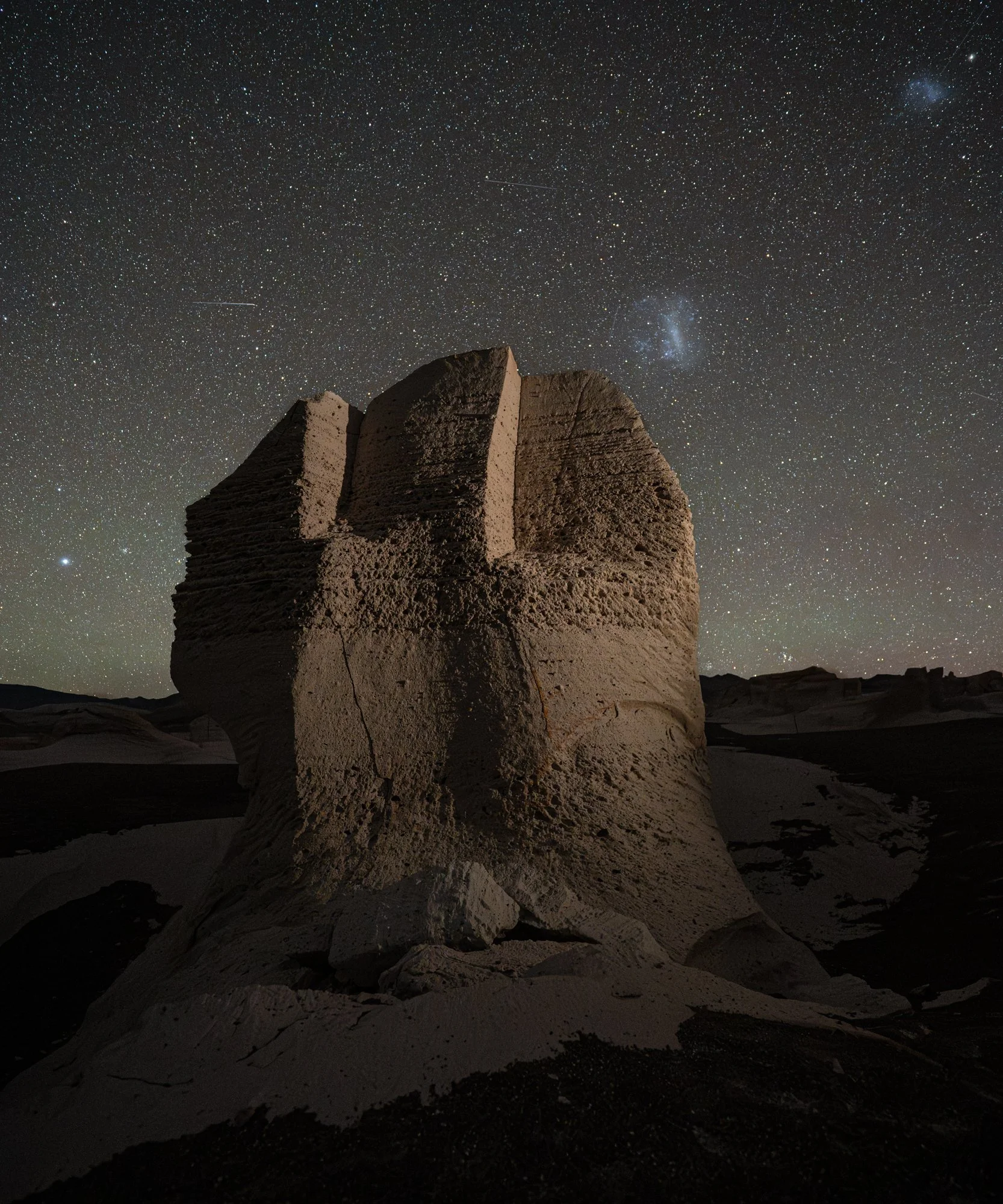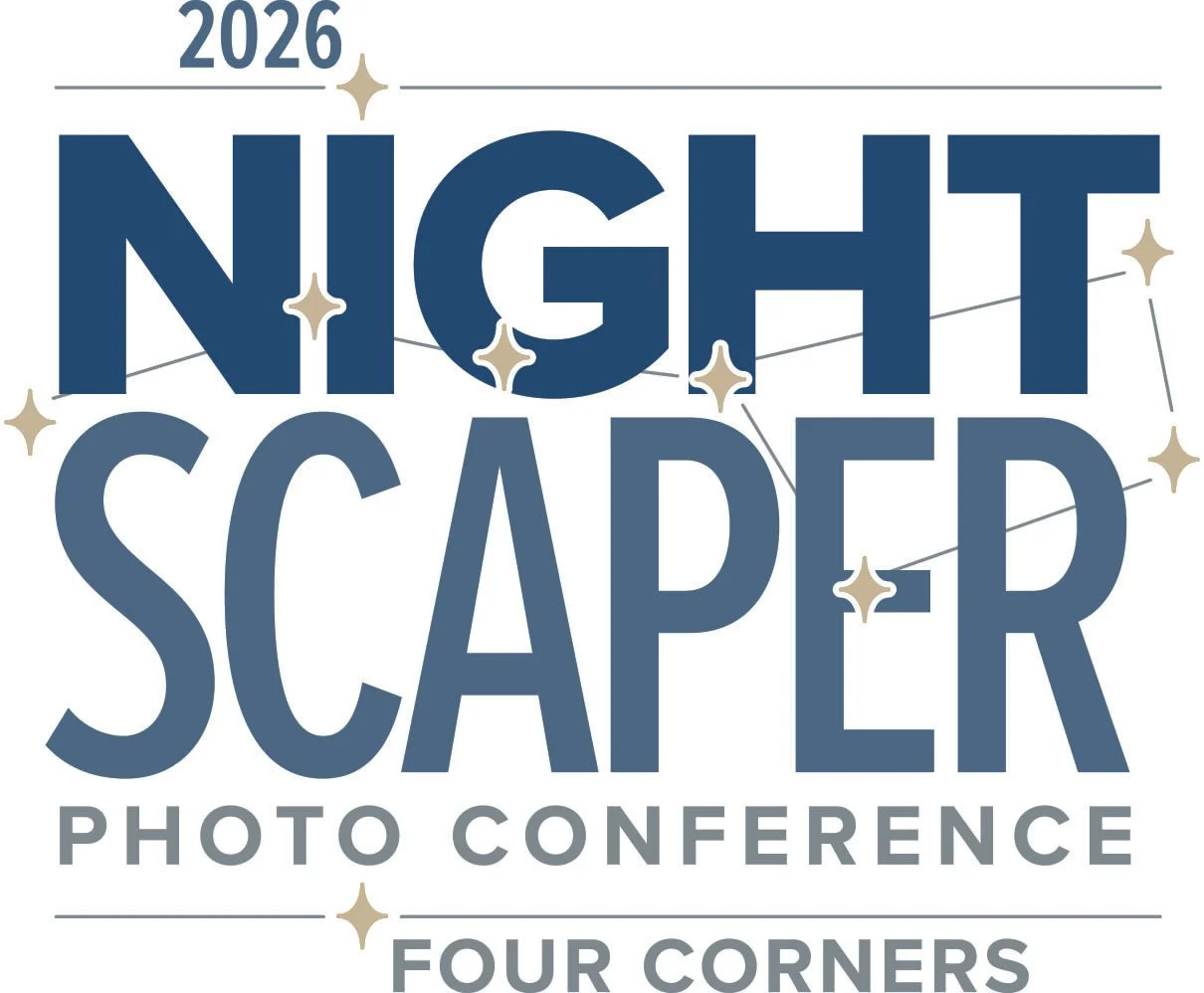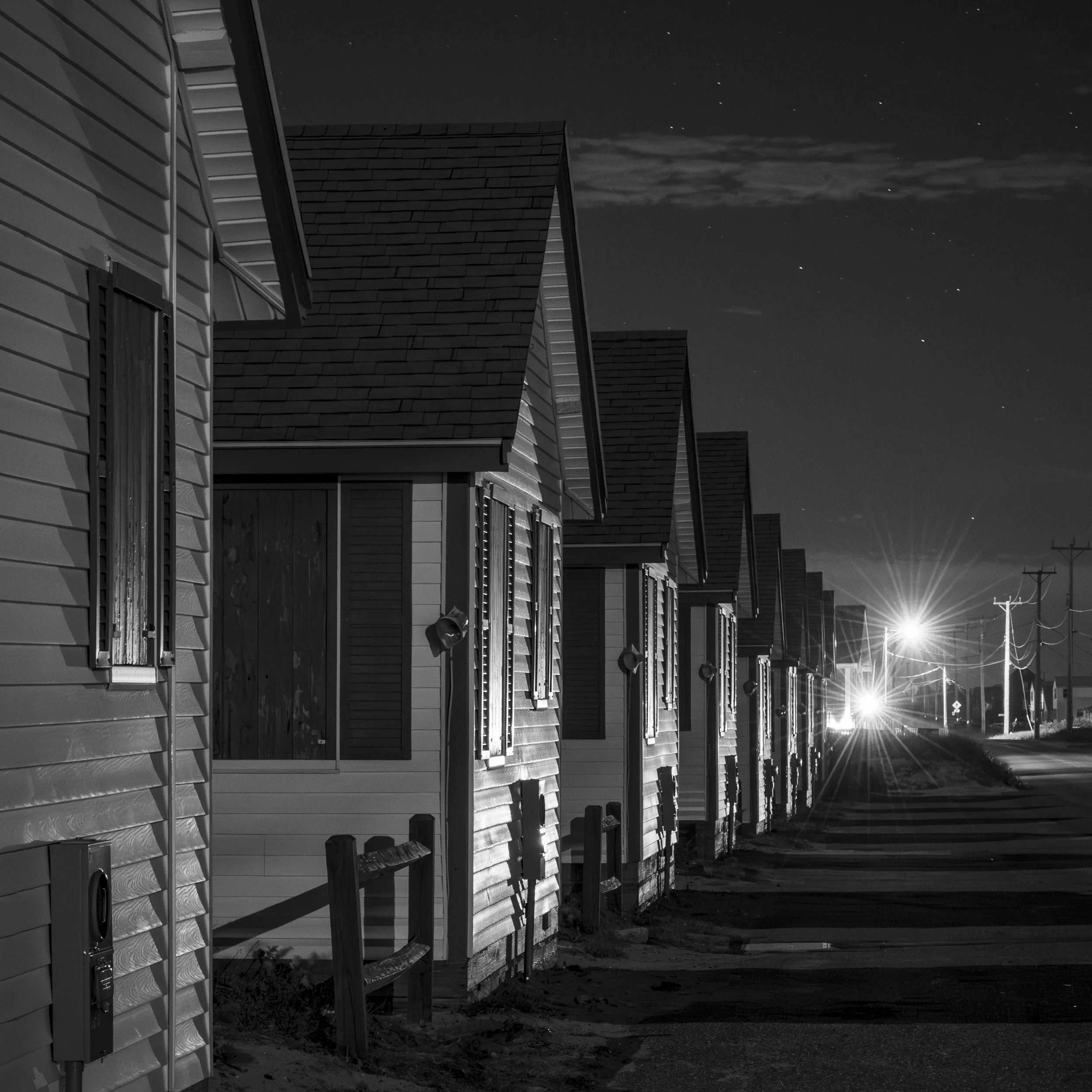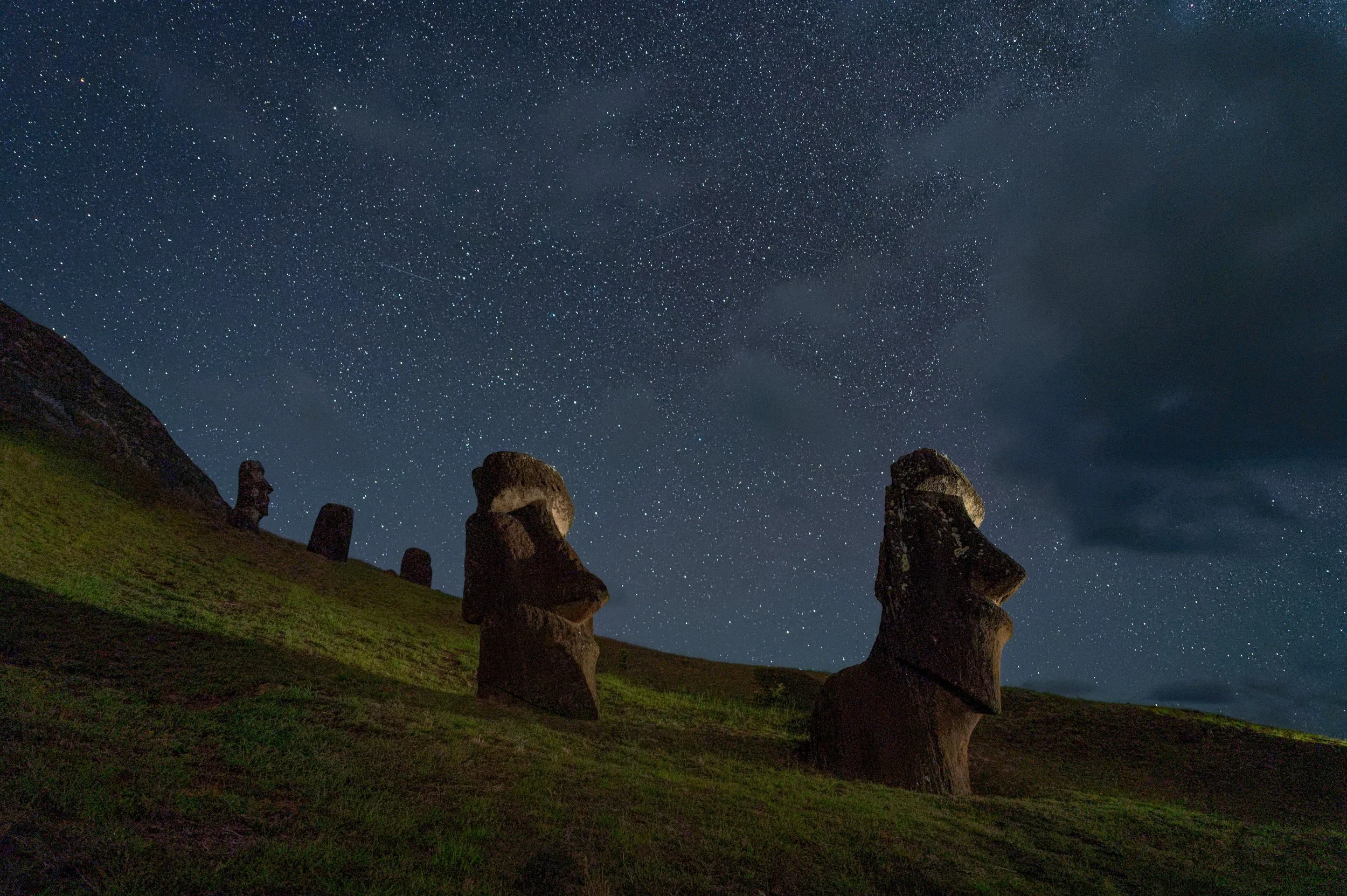Greetings from Pittsburgh!
I’ve spent the last week here, visiting family, but also upping my night photography portfolio of this beautiful place. Pittsburgh has all the classic elements that make for a great urban night photography experience: rivers surrounding a downtown skyline, tons of iconic bridges, and plenty of vantage points along the riverfront or up in the hills to compose multiple interpretations of this scenic city.
I was having so much fun photographing Pittsburgh that I wanted to share it with anyone else who wanted to come—virtually, anyway. So this past Wednesday, for the first time ever, we did a live night shoot, livestreamed on Instagram. It ended up being an online night photography party!
The Shoot
I set up at one of the perfect viewpoints of Pittsburgh: Allegheny Landing, between the Roberto Clemente and Andy Warhol bridges. We livestreamed during twilight, the blue hour, which is the best time to balance the city lights with the night sky in one exposure. Big shout out to all of you who joined in, asked questions and enjoyed the shoot. For those who missed it, you can watch it here:
The Photos
Of course, that was just the shoot. Post-processing is half of the photographic process, and that’s the half I’ve been doing in the two days since. So now, with that done, I’m checking in to share the three photos I shot during the livestream, as well as a couple of others from my trip to hopefully inspire you to seize the twilight in your city!
The Movement
I shot my first frame about 10 to 15 minutes into civil twilight. The city lights and sky perfectly matched in terms of exposure. However, I wanted more movement in the clouds and water, so I waited another 10 minutes. Twilight illumination changes quickly—in that 10 minutes I lost more than 3 stops of light. Then I was able to get to a 30-second exposure, which gave me smoother reflections and a better sky. However, some of the brighter city lights were blowing out, so I took an additional shot at 1/2 second to blend in post.
Fujifilm X-T2 with a Fujifilm 8-16mm f/2.8 lens. Two blended frames shot at 1/2 and 30 seconds, f/16, ISO 200.
The Drama
The next goal was to start looking for different angles to shoot the bridge. I loved the drama of shooting under the bridge, so that’s what I tackled first. This proved to be a fairly easy shot to pull off, but I still needed two frames: a base exposure at 30 seconds and 5-second exposure for maintaining the brightest highlights.
Fujifilm X-T2 with a Fujifilm 8-16mm f/2.8 lens. Two blended frames shot at 5 and 30 seconds, f/16, ISO 200.
The Detail
For the last bridge shot, I got up on the deck and looked for a detail to home in on. I kept things simple and looked for even illumination that didn’t include a large swath of the sky (which was recording as just black at that point).
Fujifilm X-T2 with a Fujifilm 90mm f/2 lens. 2 seconds, f/6.4, ISO 400.
The Pano
I love shooting Pittsburgh at night, so I got out for a couple of other evenings too. One of my favorite photos from the trip was this five-image panorama I shot from a high vantage point that looks directly at Point State Park and the confluence of the three rivers (the Allegheny, Monongahela and Ohio). I shot this during the end of civil twilight and had to blend to maintain a few of the brightest highlights.
Fujifilm X-T2 with a Fujifilm 90mm f/2 lens. Five stitched frames shot at 4 seconds, f/13, ISO 200.
The Rotunda
I finally own a wide enough lens (the Fujifilm 8-16mm, which is a 12-24mm full-frame equivalent) to do justice to The Pennsylvanian, one of the most famous rotundas in the U.S. Built at the turn of the 20th century, The Pennsylvanian is one of the finest examples of Beaux-Arts architecture. It served as a sheltered turning space for carriages transporting people to and from the nearby train station.
Fujifilm X-T2 with a Fujifilm 8-16mm f/2.8 lens. 2 seconds, f/10, ISO 400.
Wrapping Up
Let us know in the comments what you thought of the live shoot. The response so far has been great and we hope to soon share similar experiences. Make sure you are following us on Instagram—we typically do a live conservation every Wednesday at 8 p.m., and of course we’re always posting new images from our night adventures!


